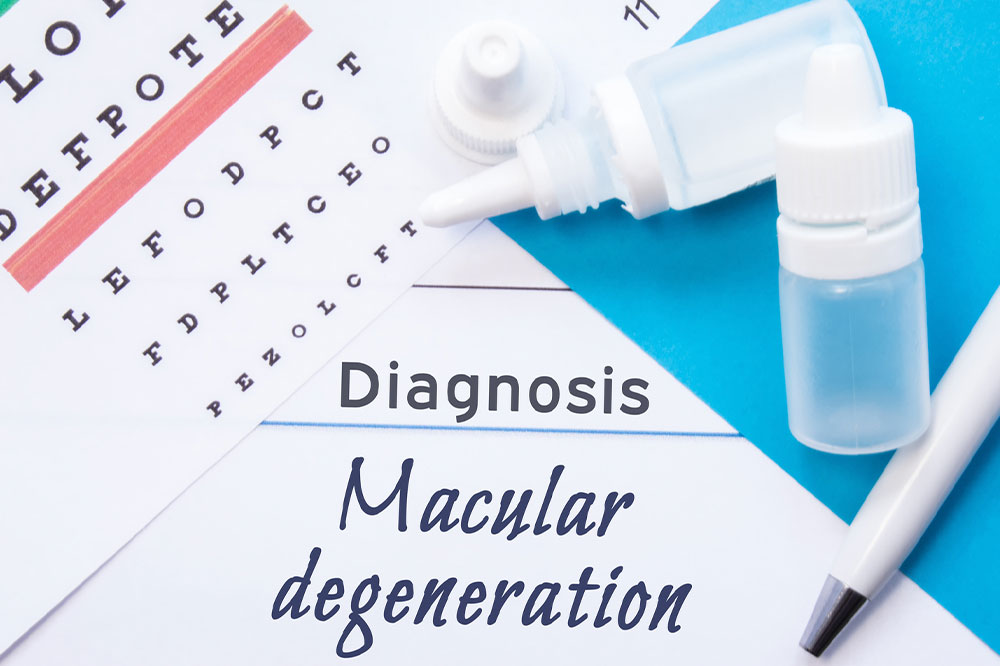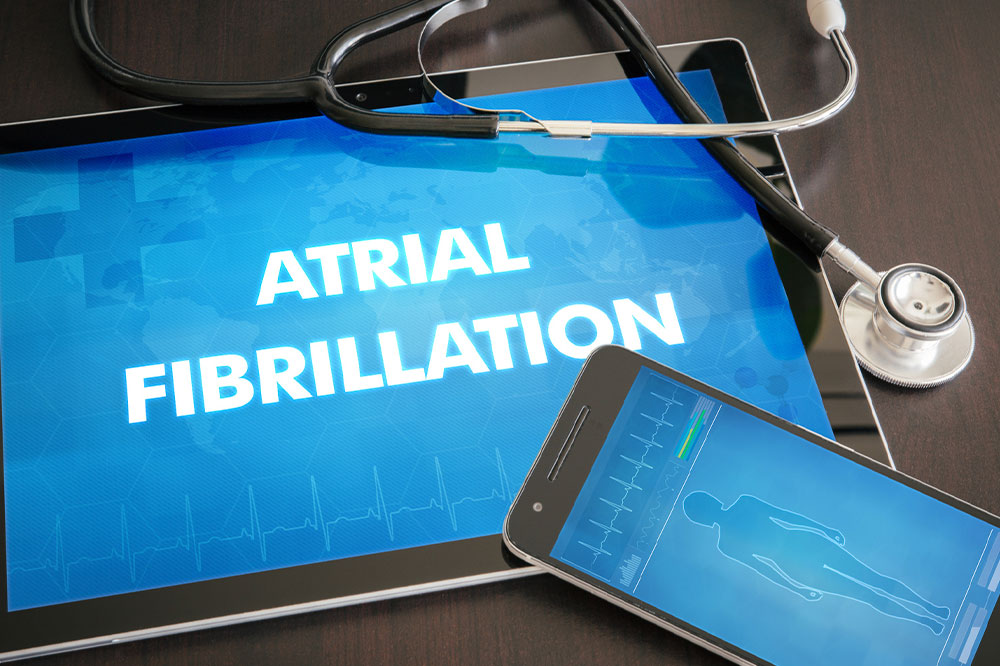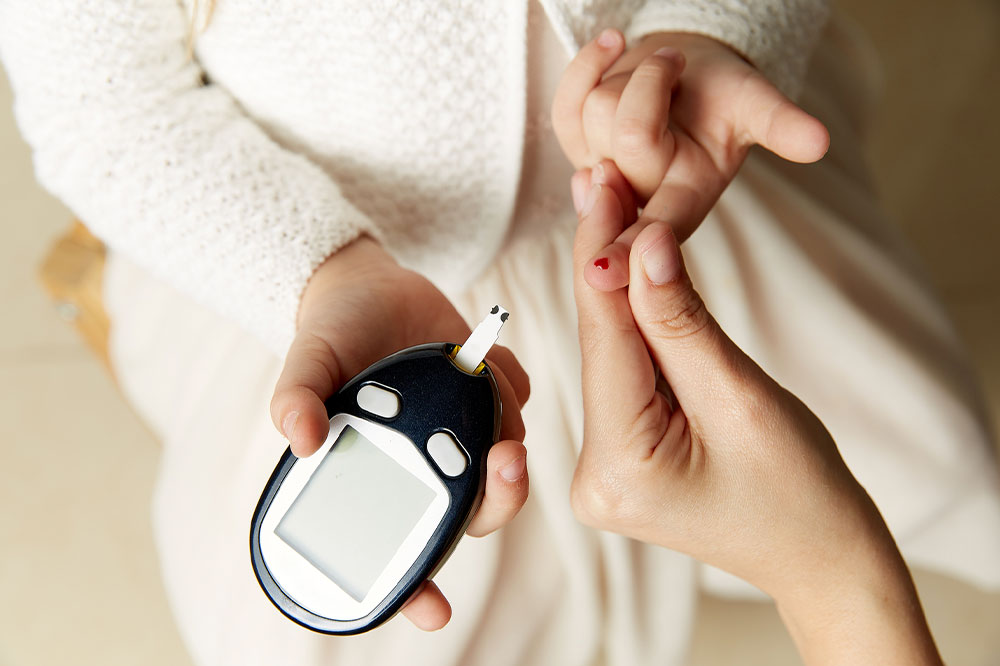10 warning signs of myelodysplastic syndrome

Myelodysplastic Syndrome (MDS) is a group of blood disorders affecting bone marrow and blood stem cells. It is also called bone marrow failure disorder. MDS is more common in older individuals, usually above 65 years old, and more prevalent in men. Lack of timely medical intervention can complicate the condition and cause cancer, worsening one’s overall health. So, it’s essential to know and address the signs, which can also potentially improve the disease prognosis.
What is myelodysplastic syndrome?
Myelodysplastic syndrome, also known as myelodysplasia, is also considered to be the pre-leukemia stage. It originates in the bone marrow, where blood cells are produced. Those affected by MDS do not produce enough healthy blood cells or see an abnormal development in them. This often leads to dysfunctional or insufficient platelets, white blood cells (WBCs), or red blood cells (RBCs). Thrombocytopenia refers to a platelet deficiency; neutropenia characterizes a shortage of white blood cells (WBCs); and anemia is a low count of red blood cells (RBCs). While the exact cause of MDS is unclear, certain risk factors, such as age, exposure to certain chemicals, and previous cancer treatments, may contribute to its development.
Signs of myelodysplastic syndrome
Here are a few known signs of myelodysplastic syndrome:
1. Unexplained fatigue and weakness
One of the earliest and most common signs of MDS is unexplained fatigue and weakness. Individuals may find themselves feeling tired even after adequate rest, and simple tasks may become more challenging. The underlying cause lies in the compromised production of red blood cells responsible for transporting oxygen throughout the body. Anemia resulting from MDS can lead to decreased oxygen levels, causing fatigue.
2. Easy bruising
MDS also affects the production of platelets, which are crucial for blood clotting. As a result, individuals may experience easy bruising, bleeding gums, excessive bleeding even with minor cuts, or delayed healing even from minor injuries.
3. Frequent infections and fever
A weakened immune system due to abnormal white blood cell production or neutropenia, common in myelodysplastic syndrome, can make individuals more susceptible to infections. These can affect one’s lungs, mouth, senses, ears, gums, or skin. Frequent infections, particularly respiratory or urinary tract infections, may be an early warning sign of MDS. One may also fall sick or run a fever more often without any obvious external causes.
4. Pale skin
Paleness is another noticeable sign of MDS, directly linked to anemia. As red blood cell production gets affected, the skin may lose its healthy color and appear paler than usual.
5. Cold hands and feet
Similarly, compromised blood circulation can contribute to a decreased ability to regulate body temperature and make one more susceptible to colds. This can cause persistent cold hands and feet, even in relatively milder temperatures.
6. Shortness of breath
Shortness of breath also results from reduced oxygen-carrying capacity in the blood. Individuals may find themselves tired or out of breath with minimal exertion, a symptom that should not be ignored. One may also notice an irregular heart rate, another common sign of MDS.
7. Petechiae
Petechiae is a term used to describe small red or purple spots on the skin. These spots, which can be as small as a pinpoint, are caused by bleeding that appears just beneath the skin. They may result from the platelet count induced by MDS. Petechiae is often a sign of bleeding beneath the skin.
8. Lightheadedness
The MDS condition may also result in feelings of dizziness and lightheadedness in some individuals due to a lack of oxygen transported via blood.
9. Loss of appetite
The impact of MDS can contribute to a reduced desire to eat. So, it’s essential to monitor and promptly address any changes in eating habits, especially without any active lifestyle changes.
10. Bone pain
Bone pain is another potential symptom of myelodysplastic syndrome. As MDS interferes with the normal development of blood cells in the bone marrow, it can cause bone discomfort or pain. This pain is often a result of the overcrowding of abnormal cells in the bone marrow. If individuals with MDS encounter persistent or worsening bone pain, it’s important to consult with healthcare professionals for a thorough evaluation. Recognizing these signs is an important first step in early diagnosis and intervention.
How is MDS diagnosed?
At times, individuals may not experience any symptoms in the initial stages, but MDS may still be diagnosed during routine blood tests if the blood counts are abnormal. A doctor may request a bone marrow biopsy or imaging tests for further evaluation.
How is MDS treated?
Upon the diagnosis of myelodysplastic syndrome (MDS), healthcare professionals consider various treatment options tailored to the individual’s specific subtype, overall health, and disease severity. The management of MDS aims to alleviate symptoms, improve blood cell counts, and slow down the condition’s progression.
Some standard treatment options for MDS include targeted therapies, low-intensity chemotherapy, combination chemotherapy, which is similar to the treatment of leukemia, or intensive chemotherapy. High-intensity therapies are usually only recommended for younger patients below 75 years of age who are relatively healthy. Another important aspect of treating MDS is supportive care, which addresses MDS symptoms and includes blood transfusions. Supportive care aims not to cure the condition but to help the patient manage the symptoms better and improve their overall quality of life.







